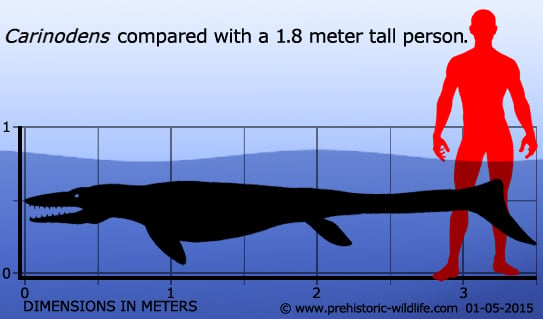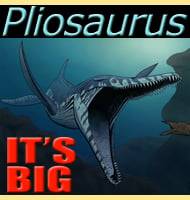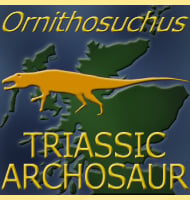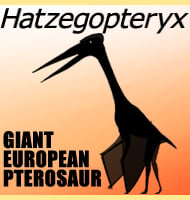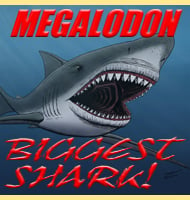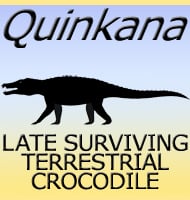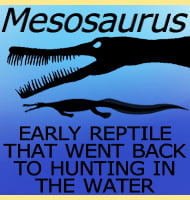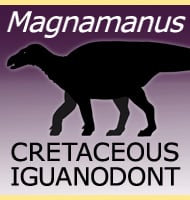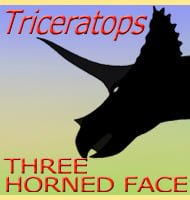In Depth
When Carinodens was first named it was as Compressidens, however it was later realised that this name had already been used to name a genus of mollusc. Because a name cannot be used more than once, a new name had to be chosen and so Carinodens came into being. Carinodens means ‘keel teeth’, a reference to the shape of the teeth.
Carinodens is considered to be a relative of other mosasaur genera such as Globidens, and the teeth of the type species certainly do bear a similarity. This indicates that Carinodens fraasi may have had a greater focus upon hunting rough shelled prey like ammonites. Other species of Carinodens have been noted as more gracile and with less specialised teeth, and perhaps hunted for faster less armoured prey such as fish and squid.
Carinodens lived towards the end of the Cretaceous period, and although undoubtedly a hunter itself, these mosasaurs were comparatively small compared to the truly big mosasaurs such as Mosasaurus and Hainosaurus which swam in the same waters, and which themselves would have hunted other large marine reptiles about the size of Carinodens.
Further Reading
- New name for the mosasaur Compressidens Dollo, 1924. - Journal of Paleontology 43(5):1298. - J. T. Thurmond - 1969. - New material of the mosasaur Carinodens belgicus from the Upper Cretaceous of the Netherlands. - Journal of Vertebrate Paleontology 24(3):744-747. - A. S. Schulp, J. W. M. Jagt & F. Fonken - 2004. - First record of the Late Cretaceous durophagous mosaasaur Carinodens belgicus (Squamata, Mosasauridae) from Volgogradskaya Oblast (Russia) and Crimea (Ukraine). - Russian Journal of Herpetology 213(3):175-180. - A. S. Schulp, A. O. Averianov, A. A. Yarkov, F. A. Trikolidi & J. W. M. Jagt - 2006. – The first and most complete Carinodens (Squamata: Mosasauridae) skeleton yet with a description of a new species from the Harrana Fauna. In: Fossils of the Harrana Fauna and the Adjacent Areas. – Publications of the Eternal River Museum of Natural History, Amman, pp 49-64. – H. F. Kaddumi – 2009.
